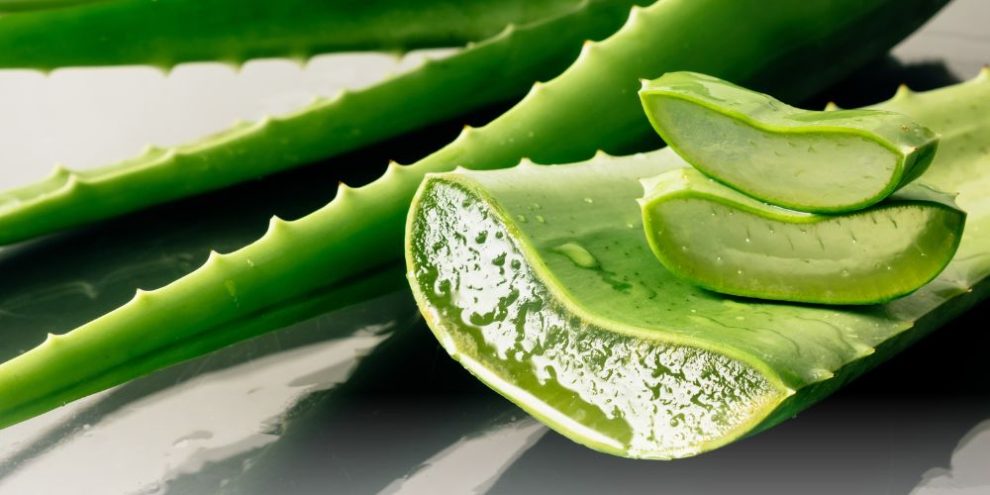
Spent a little too much time in the sun? It happens. Whether you forgot to reapply sunscreen or didn’t expect to be outside as long as you were, sunburns can sneak up fast … and they’re no fun.
The good news? You don’t need a medicine cabinet full of store-bought solutions to start healing. There are plenty of natural, gentle remedies that can help soothe the sting, reduce redness, and speed up recovery.
Let’s break down the best tried-and-true natural sunburn remedies (and how to use them safely).
Barrie's News Delivered To Your Inbox
By submitting this form, you are consenting to receive marketing emails from: Central Ontario Broadcasting, 431 Huronia Rd, Barrie, Ontario, CA, https://www.cobroadcasting.com. You can revoke your consent to receive emails at any time by using the SafeUnsubscribe® link, found at the bottom of every email. Emails are serviced by Constant Contact
First, what is a sunburn?
Quick refresher: A sunburn is your skin’s inflammatory response to too much ultraviolet (UV) radiation from the sun. The redness, swelling, and heat? All signs that your skin is damaged and working hard to repair itself.
That’s where natural remedies come in. They don’t reverse the damage, but they can support the healing process so you feel more comfortable while your body does its thing.
1. Aloe vera: The classic soother
Let’s start with the OG.
Why it works: Aloe vera is cooling, anti-inflammatory, and hydrating. It helps calm the skin and reduce peeling.
How to use it:
- Use pure aloe vera gel, straight from the plant or a product that lists it as the first ingredient (avoid added alcohol or fragrance as this can irritate your burn).
- Apply a thin layer to sunburned skin 2 to 3 times a day.
- Store it in the fridge for an extra cooling effect.
Pro Tip: If you don’t have an aloe plant at home, head to the grocery store. Many stores carry fresh leaves in the produce section.
2. Cool compresses
Why it works: Cold water helps pull heat from the skin and can reduce inflammation.
How to do it:
- Soak a clean cloth in cool water and apply it to the burn for 15 to 20 minutes.
- Repeat a few times a day.
- Don’t use ice packs directly on the skin … it can make things worse. If you do use ice packs, make sure they are wrapped in a towel.
3. Oatmeal baths
Why it works: Colloidal oatmeal (oats ground into a fine powder) has soothing, anti-inflammatory properties.
How to do it:
- Add 1 to 2 cups of colloidal oatmeal to a lukewarm bath.
- Soak for 15 to 20 minutes.
- Gently pat skin dry afterward … no rubbing.
Bonus: Oatmeal is great for itchy, dry, or peeling skin.
4. Coconut oil (but only after the heat is gone)
Why it works: Once the initial heat and inflammation subside, coconut oil can help lock in moisture and support healing.
How to use it:
- Wait at least 24 to 48 hours post-burn (when the skin is no longer hot to the touch).
- Use a small amount and gently massage it into the skin.
Important: Don’t use coconut oil right away … it can trap heat and make your sunburn worse.
5. Witch Hazel
Why it works: Witch hazel is a natural astringent that helps reduce inflammation and soothe skin.
How to use it:
- Dab it on with a cotton pad or soft cloth.
- Use 2–3 times a day as needed.
- Choose an alcohol-free formula to avoid drying out your skin.
Bonus: Witch Hazel is safe for topical use on dogs for minor skin irritation and inflammation when diluted.
6. Cucumber slices or juice
Why it works: Cucumbers are cooling, antioxidant-rich, and hydrating.
How to use it:
- Slice and chill them, then place directly on the skin.
- Or, blend and strain cucumbers to make a juice and apply with a cotton pad.
Perfect for facial sunburns or sensitive areas.
7. Apple cider vinegar (diluted)
Why it works: It helps restore your skin’s pH and may reduce the sting.
How to use it safely:
- Mix 1 part ACV with 3 parts cool water.
- Apply gently with a cloth or spray bottle.
- If it stings, rinse it off … this one isn’t for everyone.
8. Stay hydrated (inside and out)
Sunburn draws moisture away from your skin and your body. Rehydrating is key to healing.
What to do:
- Drink plenty of water throughout the day.
- Eat hydrating foods (think watermelon, cucumbers, oranges).
- Use a light, fragrance-free moisturizer regularly. (Bonus if it has colloidal oatmeal in it).
When to See a Doctor
Natural remedies are great for a mild to moderate sunburn. But if you notice any of the following, it’s time to seek medical help:
- Blistering
- Fever, chills, nausea
- Dizziness or confusion
- Signs of infection (increased redness, pus, or swelling)
A Few Extra Tips
- Avoid more sun while healing. Your skin is extra sensitive.
- Wear loose, breathable clothing to avoid irritation.
- Resist the urge to peel, scratch or pick. Let your skin do its thing.
RELATED: You should wear sunscreen even if you have darker skin. Here's why ...
Final Thoughts
Sunburns aren’t fun … but they’re treatable. Nature offers plenty of gentle, natural remedies to soothe the sting of sunburn, support healing, and prevent further damage.
The key? Act quickly, stay hydrated, and treat your skin with kindness.
And next time… don’t forget the sunscreen 😉











